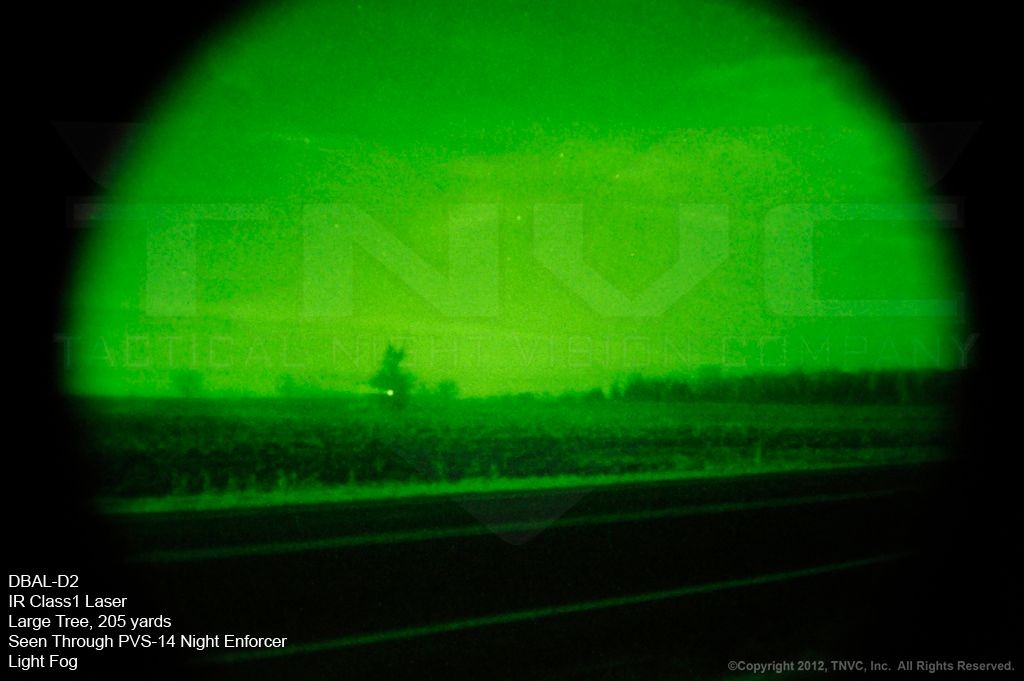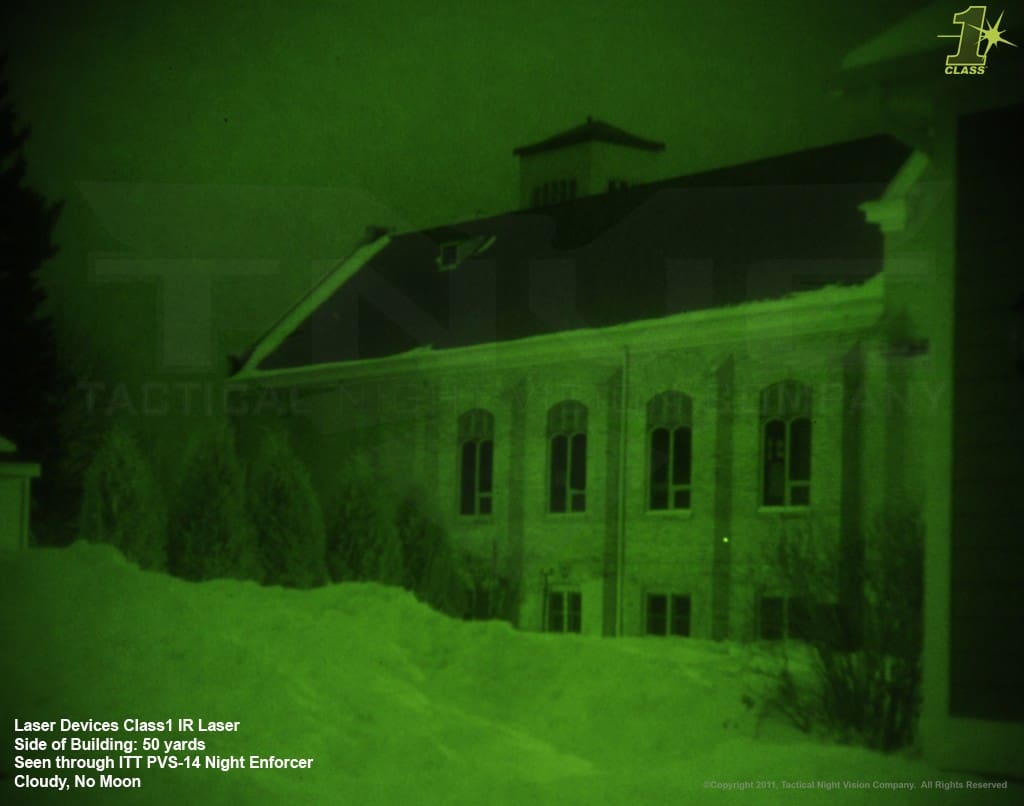

 |
 |
|
#1
|
||||
|
||||
|
There is a great chance, that during my next FtF-session there will be a bigger firefight, involving at least three different groups of enemies. This battle will take place in a ruined village. The PCs are sitting in an abondened warehouse, about three floors/storeys high, at the edge of the village. At least one of the enemy groups will be in an open environment. Right now, it is about 7 p.m., nightset will be at 10:30 p.m. This will supposingly be the time, when the fighting starts.
Chances are high, that several units involved will use night vision devices. Some questions occured, I really don't know the answers, and your help would be appreciated. 1. One of the PCs uses an AN/PEQ-2. If one of the enemy soldiers uses IR-Goggles, is it easier to fire at the PC with the LAD? If, how could that be handled? Making the roll for the enemy one difficulty level easier? 2. Several guys use IR-Goggles, or starlight scopes, one person is equipped with a x25 image intensifier. How do the different devices react to sudden bright light? (Most soldiers involved (friend and foe alike) don't have any vision device. Several people have a grenade launcher with them and will certainly fire some ILLUM grenades.) If a user of a night vision device spots an area, that is illuminated by a 40mm ILLUM grenade, will the user of IR-Goggles/starlight scope/image intensifier temporarily be blinded? 3. What about Thermal Sights on a tank? There will be no tank with Thermal Sights involved in this fight, but nonetheless: Do Thermal Sights have any benefit for their user during daylight (e.g. spotting a heat source like an enmy tank behind a thin brick wall)? Reason for this question: I have read about several incidents during the Gulf War, where U.S. tankers spotted enemy tanks behind dunes. This did happen because of the Thermal Sights, right? 4. How much detail can one see, using those aforementioned vision devices? Is it possible to spot the differences in different camouflage uniforms or individual faces? I use (slightly expanded) Ver.2.2 rules. I know, that the soldier with the AN/PEQ-2 needs IR-Goggles himself. I use the ”Tactical Visibility“ rules from the BYB, p. 223. The background light level is 2 (Very early waxing crescent, new moon was two nights ago. During the night, clouds will build up, so the starlight is somewhat muted/subdued.).
__________________
I'm from Germany ... PM me, if I was not correct. I don't want to upset anyone! "IT'S A FREAKIN GAME, PEOPLE!"; Weswood, 5-12-2012 |
|
#2
|
||||
|
||||
|
If you are using a thermal sight and can see an enemy tank behind a dune I think it is because you can see the heat plume rising from the tank's engine and exaust, not because the heat is penetrating the dune.
__________________
 "It is better to be feared than loved" - Nicolo Machiavelli "It is better to be feared than loved" - Nicolo Machiavelli
|
|
#3
|
||||||
|
||||||
|
Quote:
Quote:
Quote:
I think doctrine is the same for both sides. When a flare goes off overhead every finds cover, closes their firing eye to protect night vision, and scans the terrain with their non-firing eye. This is a very good time to look around for obstacles, prepared enemy positions, get yourself oriented (North –South), look for hand signal from leaders, and top off magazines or check your buddies bleeding. So actually when are flare lights up there is a lull in the shooting. Quote:
Quote:
Quote:
|
|
#4
|
||||
|
||||
|
The following is from 2.0
Quote:
__________________
If it moves, shoot it, if not push it, if it still doesn't move, use explosives. Nothing happens in isolation - it's called "the butterfly effect" Mors ante pudorem |
|
#5
|
||||
|
||||
|
Quote:
I've asked for the AN/PEQ-2 in particular, because the beam is invisible, if the user does not have a device for seeing in the IR spectre. If I understand that right, the dust in the environment should not be that important, because the beam would still be unrecognizable for persons without IR-Goggles? Leg quoted the rule. Ver 2.2 is (more or less) the same. As Targ and ArmySGT pointed out, the tankers with Thermal Sights can spot the plumes. Does this even apply in daylight? Thanks so far, as usual very good info!
__________________
I'm from Germany ... PM me, if I was not correct. I don't want to upset anyone! "IT'S A FREAKIN GAME, PEOPLE!"; Weswood, 5-12-2012 |
|
#6
|
||||
|
||||
|
Quote:
Yes, it is the heat mirage. Like the distortion you see as heat comes off hot asphalt. Kinda like smoke. |
|
#7
|
|||
|
|||
|
the AN/PEQ2 does not have any visible mode. you can spot the laser emitter but as it does have a shroud around it you'd have to be directly in front of the laser which is generally a bad place to be and you'd have a better chance spotting the muzzle flashes or following the IR flashlight that is built into the sight. hovever you can follow the beam back in a dusty or smokey environment(ie any combat/training environment i've ever seen)
__________________
the best course of action when all is against you is to slow down and think critically about the situation. this way you are not blindly rushing into an ambush and your mind is doing something useful rather than getting you killed. |
|
#8
|
|||
|
|||
|
As an aside, British doctrine when caught in a flare depends on your location:
* in the open - drop prone immediately * in cover - freeze in place as the movement is the most likely way to be seen. In both cases close the shooting eye. |
|
#9
|
|||
|
|||
|
That's what I was taught way back when.
__________________
Just because I'm on the side of angels doesn't mean I am one. |
|
#10
|
||||
|
||||
|
Yeah, once again one of the things, that seems to be alike in all the military units worldwide. It's exactly what we had been tought.
__________________
I'm from Germany ... PM me, if I was not correct. I don't want to upset anyone! "IT'S A FREAKIN GAME, PEOPLE!"; Weswood, 5-12-2012 |
|
#11
|
||||
|
||||

|
|
#12
|
||||
|
||||
|
IR active aiming device
   Thermal Imager in Day or Night  
|
|
#13
|
||||
|
||||
|
|
|
#14
|
||||
|
||||
|
"A picture says a thousand words ..."
Great pics, ArmySGT! Unbelievable, how much detail one can see in the pics! Now I have a much better idea, how the real thing works!
__________________
I'm from Germany ... PM me, if I was not correct. I don't want to upset anyone! "IT'S A FREAKIN GAME, PEOPLE!"; Weswood, 5-12-2012 |
|
#15
|
||||
|
||||
|
It's worth mentioning though that depth perception might be a bit screwed up.... Monochrome doesn't show up potholes and similar issues too well.
__________________
If it moves, shoot it, if not push it, if it still doesn't move, use explosives. Nothing happens in isolation - it's called "the butterfly effect" Mors ante pudorem |
|
#16
|
||||
|
||||
|
Thermal imager views are the same day or night. Since the viewer is converting the radiant heat into an image for a person to understand
BMP-1    
|
|
#17
|
|||
|
|||
|
Quick thought - are these the same generation of kit that would be around in TW2000?
|
|
#18
|
||||
|
||||
|
i.e. developed and on issue earlier than 1997-98...
__________________
If it moves, shoot it, if not push it, if it still doesn't move, use explosives. Nothing happens in isolation - it's called "the butterfly effect" Mors ante pudorem |
|
#19
|
|||
|
|||
|
Not so much. The first thermals I used were as a gunner on on an "A-Zero" Bradley in the mid 90s. Sensitivity and resolution both were pretty limited with a tendency for a lot of items seen to just be a silouhetted blob without much detail visible (note, however, that I think the thermals on both the M1 and even the earlier M60A3 TTS, were of better quality than what they used on the M2/M3 Bradleys back then, though I'm not sure). Modern stuff in use today is I don't know how many generations more advanced and significantly refined, as per the pictures shown above.
Last edited by HorseSoldier; 10-06-2012 at 01:10 PM. |
|
#20
|
||||
|
||||
|
Quote:
Quote:
Quote:
__________________
Me that am what I am |
 |
| Currently Active Users Viewing This Thread: 1 (0 members and 1 guests) | |
| Thread Tools | Search this Thread |
| Display Modes | |
|
|